Arts integration is my classroom jam, y’all (more on that here). But…what is it? Today I’m diving into the “what.” Then I can spread that jam on toast and get you pumped about arts integration in education, too!
Are you ready?! Are you excited?
A Definition
Let’s start with the best-known definition of arts integration. At present, it’s from The Kennedy Center. They state “arts integration is an approach to teaching in which students construct and demonstrate understanding through an art form.” It goes on to say more, and I recommend you check it out, but let’s start there.
The definition from the Kennedy Center highlights the words “approach,” “teaching,” “understanding,” and “art form.”
Essentially, what arts integration does is change the pedagogy around the content. To paraphrase, art integration is using standards from one of the arts strands to communicate the understanding of core content.
It’s the how.
What is Arts Integration in the Classroom?
It’s magic.
Arts integration sees the pairing of an artform with the pairing of a core subject.
For this example, we’ll pair fourth-grade science with theatre.
Let’s say that the science classroom is covering a lesson on the flow of electricity. And that lesson needs to end with a scientific investigation. In theatre class, the students are learning about technical theatre. They learn how gels can be used to change the appearance of emitted light from a stage lighting instrument.
Both teachers will teach their concepts to the students. They can do this while co-teaching or it can be taught separately in their own classrooms. I find that a combination of both works really well in most cases.
Rather than simply constructing a closed circuit to cause a holiday light bulb to emit light, students will use what they’ve learned in technical theatre to deepen the connections and learning in the science classroom.
Students will work together to create a lighting design for a given play or story. They’ll determine what colors the lights should be. Then, they’ll build their closed circuits which cause the holiday light to emit light. This is much like they might in a traditional scientific investigation. It’s this next step is where the true integration piece lies.
Since the students have created a design and also closed the circuit, they will now apply stage lighting gels to it. Why? To test their lighting design and make decisions from a designer’s viewpoint about the efficacy of the design.
Often, a reflective writing piece can be added to these integrated projects. I would have students complete a rough sketch of the lighting. Then I’d probably layer a reflective writing piece on the design process as well as the scientific process they underwent.
Inspired? Want More?
I’m working on my own fabulous lessons on TpT, but I am not run by electricity. See what I did there?!
In the meantime, head to the Institute for Arts Integration and STEAM for their free resources.
Then come back and let me know in the comments how your own experiment with art integration goes. I’d love to know what arts integration looks like in your classroom!
Don’t forget to join me on Instagram for more arts integration inspiration!
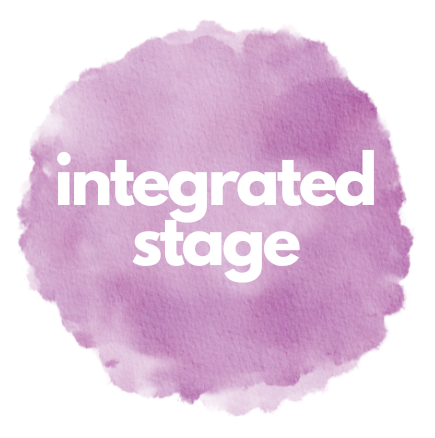
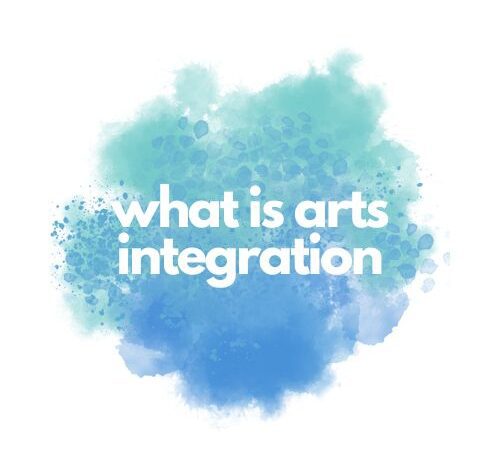

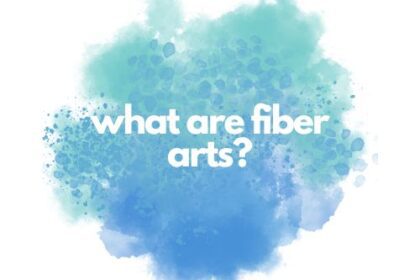
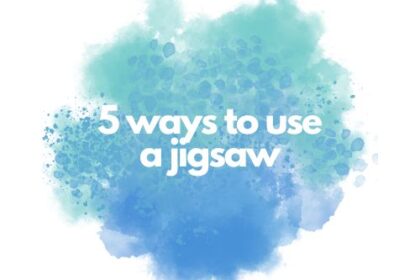
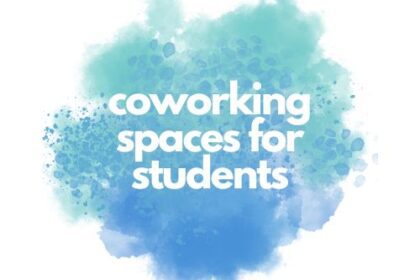
[…] Arts integration is a great way to tap into both sides of the brain as well as illustrate mastery in a fun and exciting way. Learn more about arts integration here. […]
[…] you’re new to arts integration, this article is a great […]